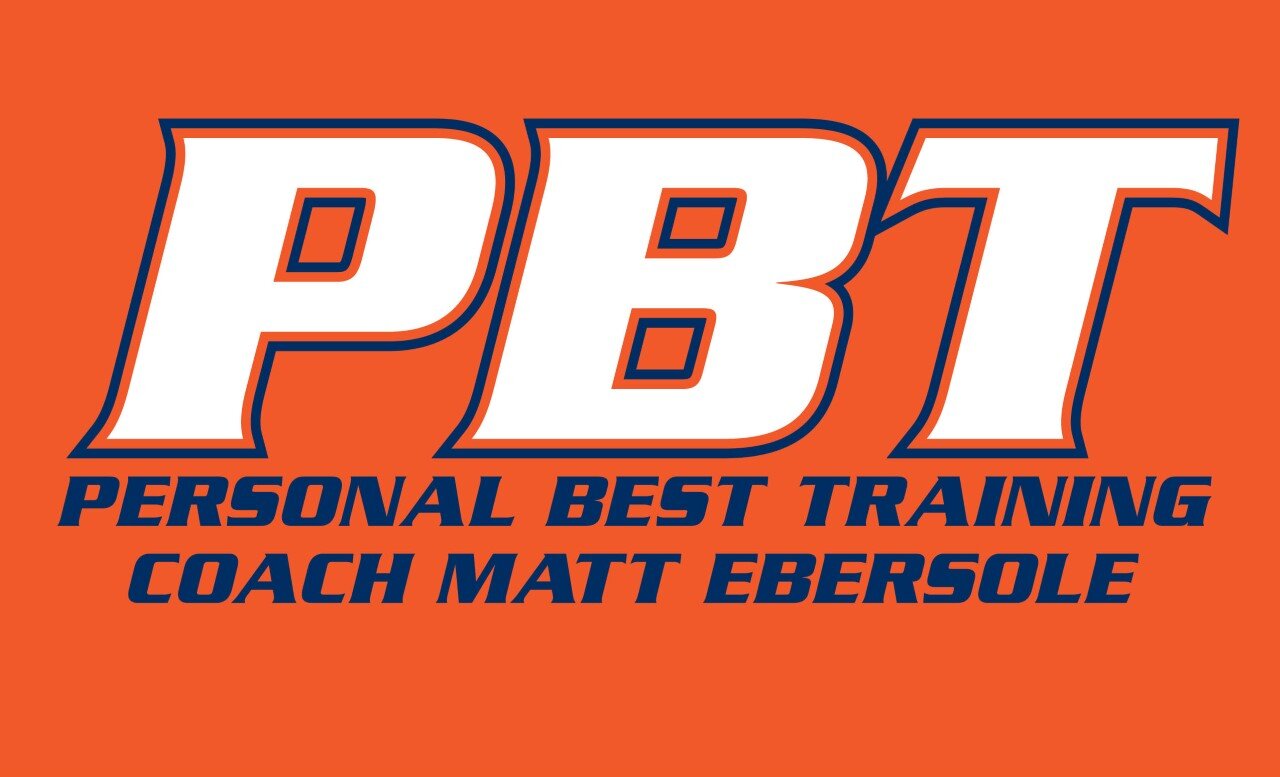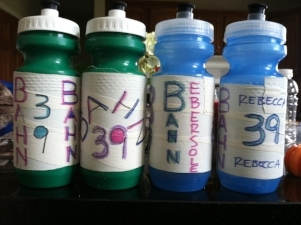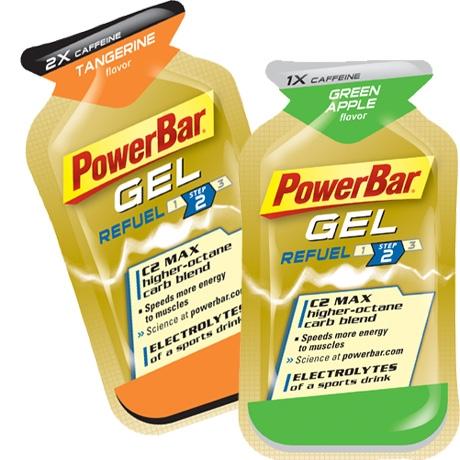I used ta do a little but a little wouldn't do
So the little got more and more
I'm just keep tryin' ta get a little better
Said a little better than before
-GNR
The best thing about beginning running is that it is so easy to get better. Just get out the door a few times a week and the improvement keeps coming. You can set records in workouts and races and it seems it will never end. Eventually the PR's start to take more effort and there's more time in between. That is usually when people start to take more of an interest in training to figure out what will keep the PR parade marching.
It does not take long to settle on a nice mix of workouts with some variety of speedwork, threshold running, and long runs for the magic to return...for awhile. Training then gets more confusing and you begin to learn one of the absolute truths about how your body works. When it comes to training your body cares about 2 things only, stress and rest. They are all that matter. If you keep stress and rest in balance your body will do amazing things for you. If you are too heavy on the stress, you break down. If you are too heavy on the rest, you don't improve.
But here is the twist. That balance may need to look different than it once did. Marathon vets, do you recall your first 20 mile run? You were probably nervous for the preceding days and were very careful the day before, carbo loading, staying off your feet and early to bed. Finishing felt as good as a great race. You might have spent the rest of the day in a hammock reliving the glory of your training victory. You were on a high for a few days afterwards amazed at how tough you were to run 20 miles. A few (or many) marathons later and the 20 miler may not be routine, but you know you can do it and it feels like a good training day, but nothing like the first 20. Your body thinks the same thing. It is not nearly as impressed with that stress as it once was and it no longer needs the same recovery.
Because of this your body will no longer experience the same training effect and resulting improvement it once did from an easy to moderate 20 mile run. We can no longer expect you to get better from the same effort and same distance. That's right, you now have to run longer or faster to get the same effect of your early long runs. This applies to all of your training including weekly mileage and all varieties of quality workouts. The same training will eventually no longer work and you can actually get worse by doing the same thing for too long. For you to progress, your training must progress. The best return on training investment in terms of how fast, how far, and how often are the details to be sorted out. The training ingredients will be the same but you just need a little more for them to work their old magic. If you have been at it hard enough for long enough to you know your PR days are behind you, but you want to slow down the slow down, the same principle applies. However, with this experienced group it may have more to do with a re-balancing of training than simply doing more.




























